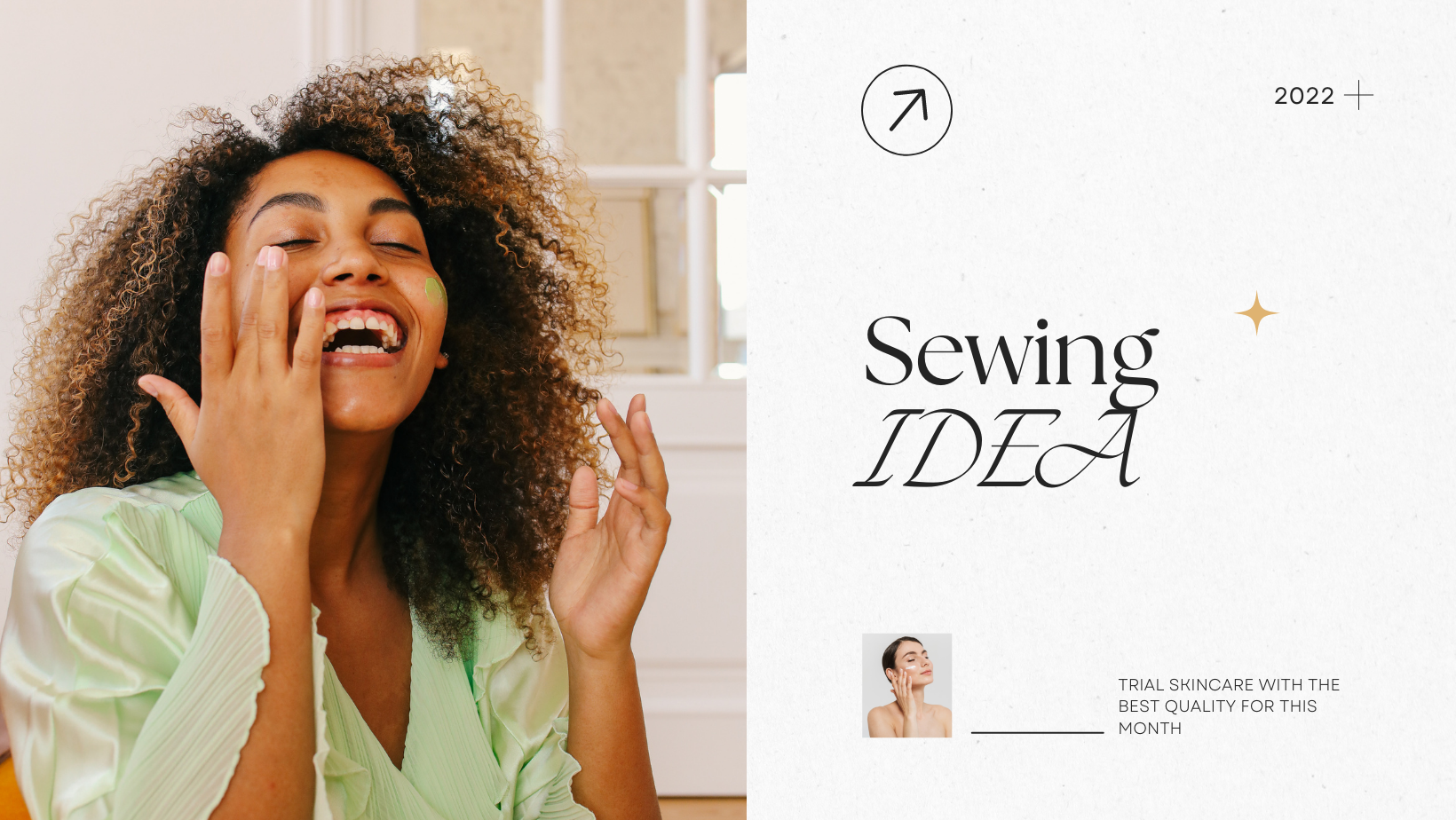.jpg)
Mastering Typography: A Guide to Graphic Design File Typography
Mastering Typography: A Guide to Graphic Design File Typography
Typography is more than just selecting fonts; it's a powerful tool for graphic designers to convey messages, evoke emotions, and create visually stunning designs. In this comprehensive guide, we’ll explore the art of typography and how graphic design files can be harnessed to elevate your design projects.
Understanding Typography Basics
Typography is the art of arranging and designing text to make language visible. Before diving into the world of graphic design files, let’s review some fundamental principles:
-
Font Selection:
Fonts define the personality of your design. For instance:- Serif fonts exude tradition and elegance.
- Sans-serif fonts are modern and clean.
- Script fonts bring creativity and a personal touch.
Choose fonts that align with the tone and purpose of your design.
-
Type Hierarchy:
Create visual interest by varying font sizes, weights, and styles. Establishing a hierarchy guides the viewer’s eye through your design, ensuring that the most important information stands out. -
Spacing and Kerning:
Pay attention to the spacing between letters (kerning) and lines (leading). Proper spacing ensures legibility and contributes to a visually appealing layout. Don’t overlook this subtle yet crucial aspect of typography.
Working with Graphic Design Files
Graphic design files are invaluable when creating stunning typography. Here’s how to use them effectively:
-
Vector Typography:
Many graphic design files offer vector text elements, allowing you to scale text without losing quality. This ensures your typography remains crisp and clear at any size, which is essential for both print and digital formats. -
Layered Text Elements:
Make the most of design files with layered text elements. This feature allows you to easily customize text, colors, effects, and more, offering great flexibility in your designs. You can adjust these layers to create the exact look and feel you want. -
Customization:
Experiment with different colors, gradients, textures, and effects to give your typography a unique and impactful appearance. Graphic design files often provide a wealth of options for customization, enabling you to tailor your typography to fit your creative vision.
Designing for Impact
Typography isn’t just about aesthetics; it’s a powerful storytelling tool. Consider the message you want to convey and choose fonts, styles, and colors that align with your design’s purpose. For example:
- Use a sleek, modern font for a tech brand to convey innovation.
- Opt for a whimsical script for a boutique bakery to evoke charm and creativity.
Your typography should enhance the overall design's message and reinforce the brand's identity.
Putting It All Together
With a solid grasp of typography principles and the capabilities offered by graphic design files, you’re well-equipped to create stunning text elements that captivate your audience. Remember, mastery comes with practice and experimentation. Don’t be afraid to try new techniques and push the boundaries of your designs.
Conclusion
Typography is a visual language that communicates emotions, aesthetics, and information. By mastering typography through the use of graphic design files, you’ll unlock the potential to transform your design projects into captivating, professional pieces of art. Start experimenting, honing your skills, and watch your designs come to life through the power of typography. So, dive in, get creative, and let your typography skills shine in your graphic design endeavors.


.jpg)
.jpg)








